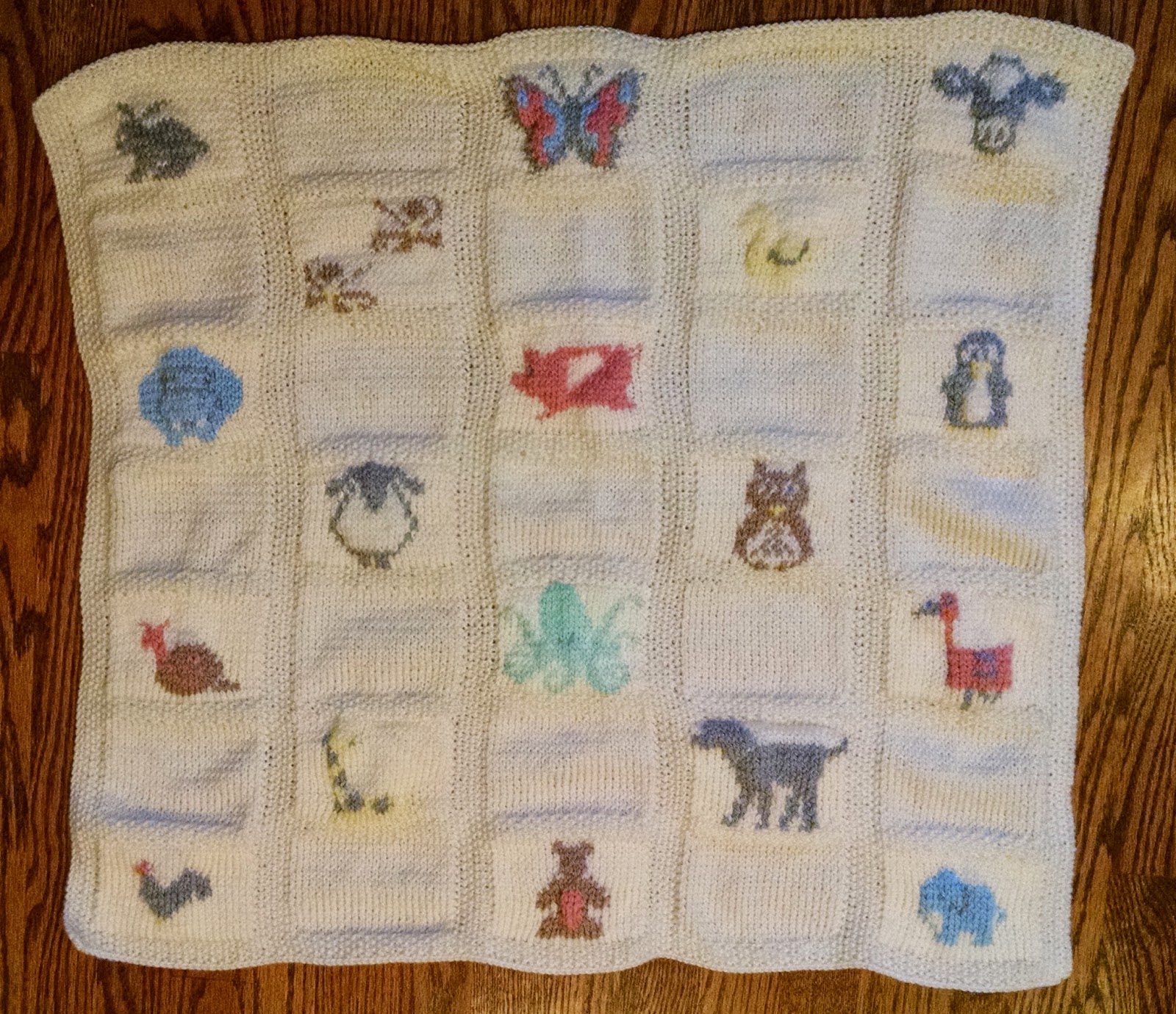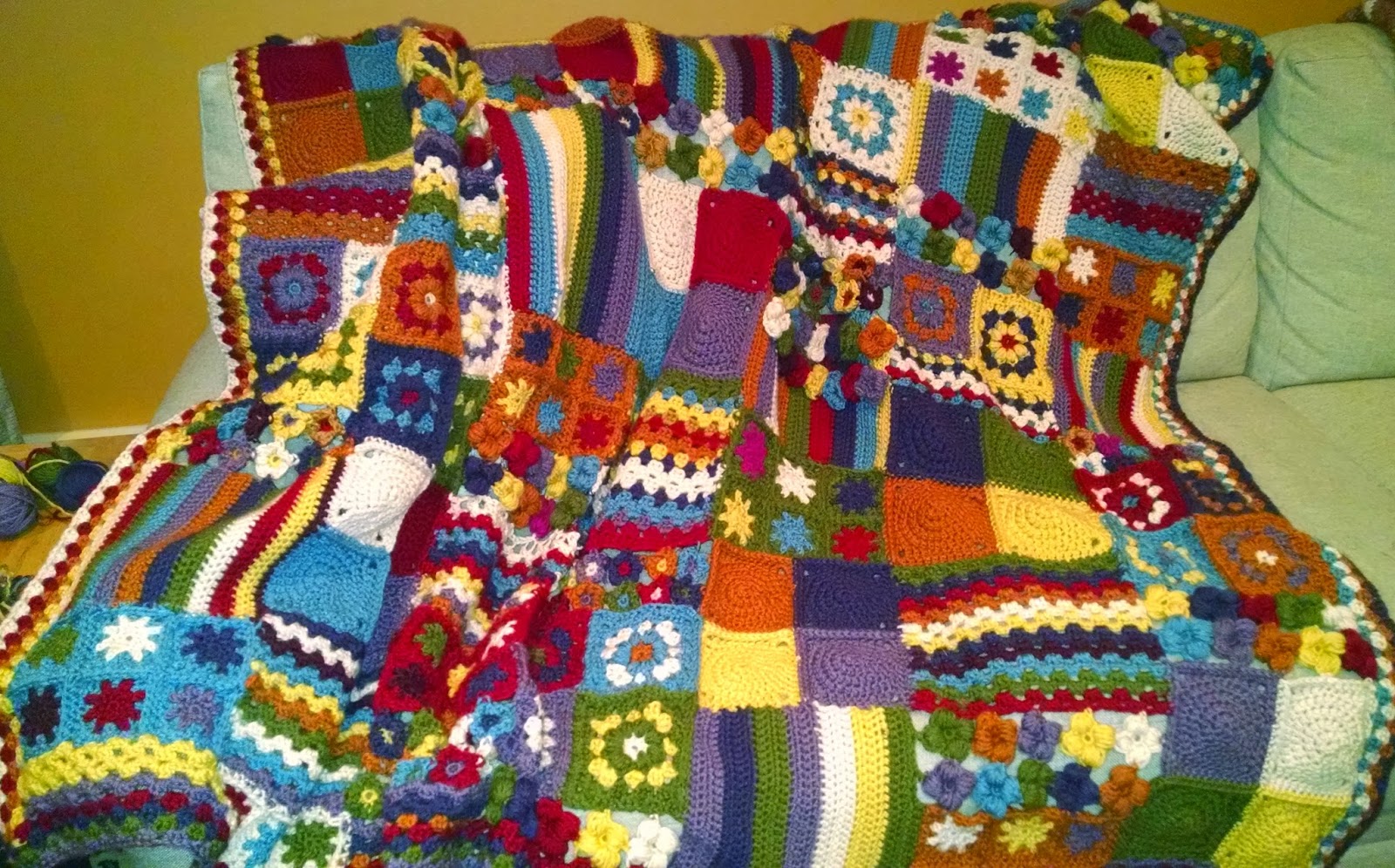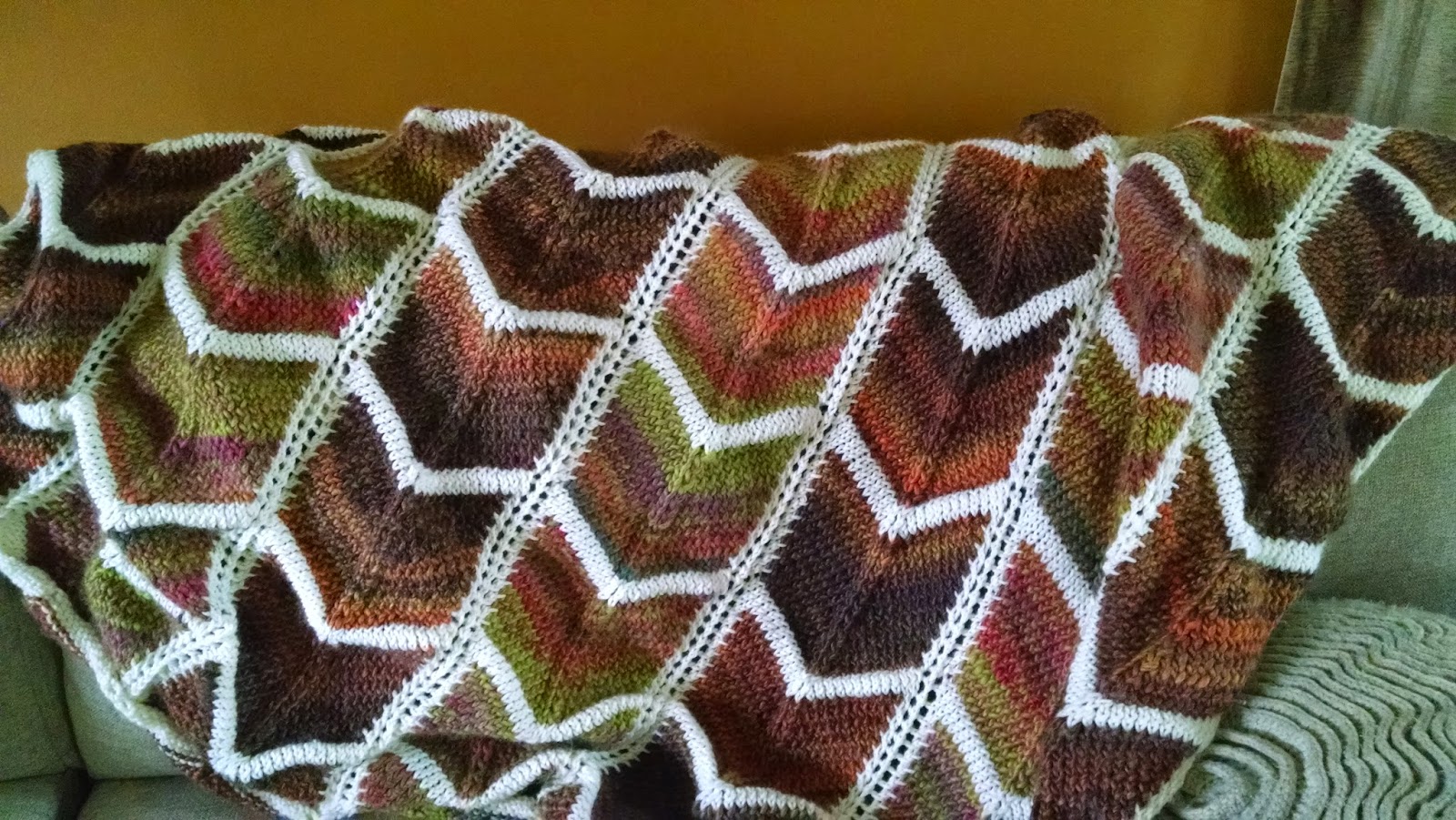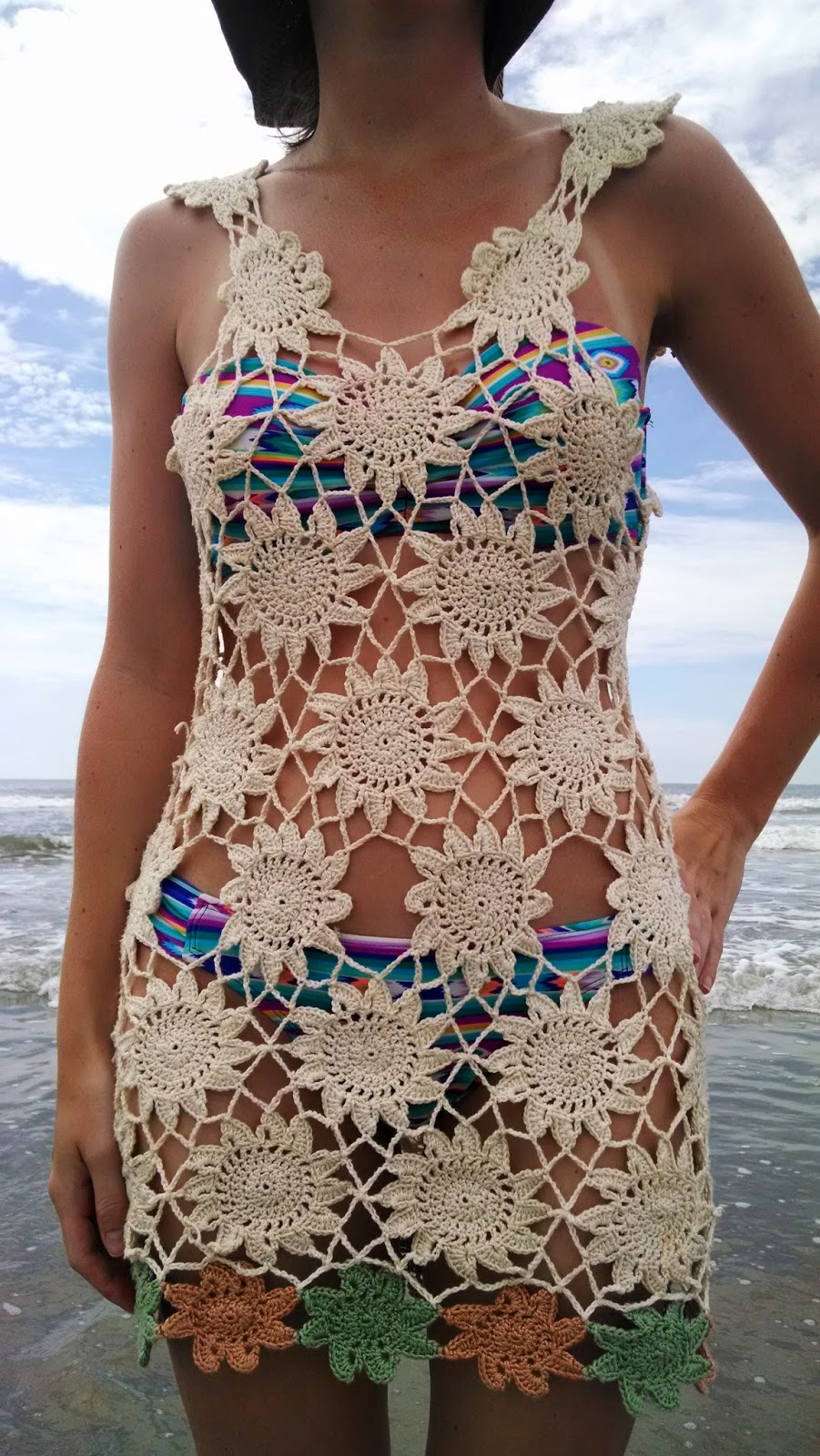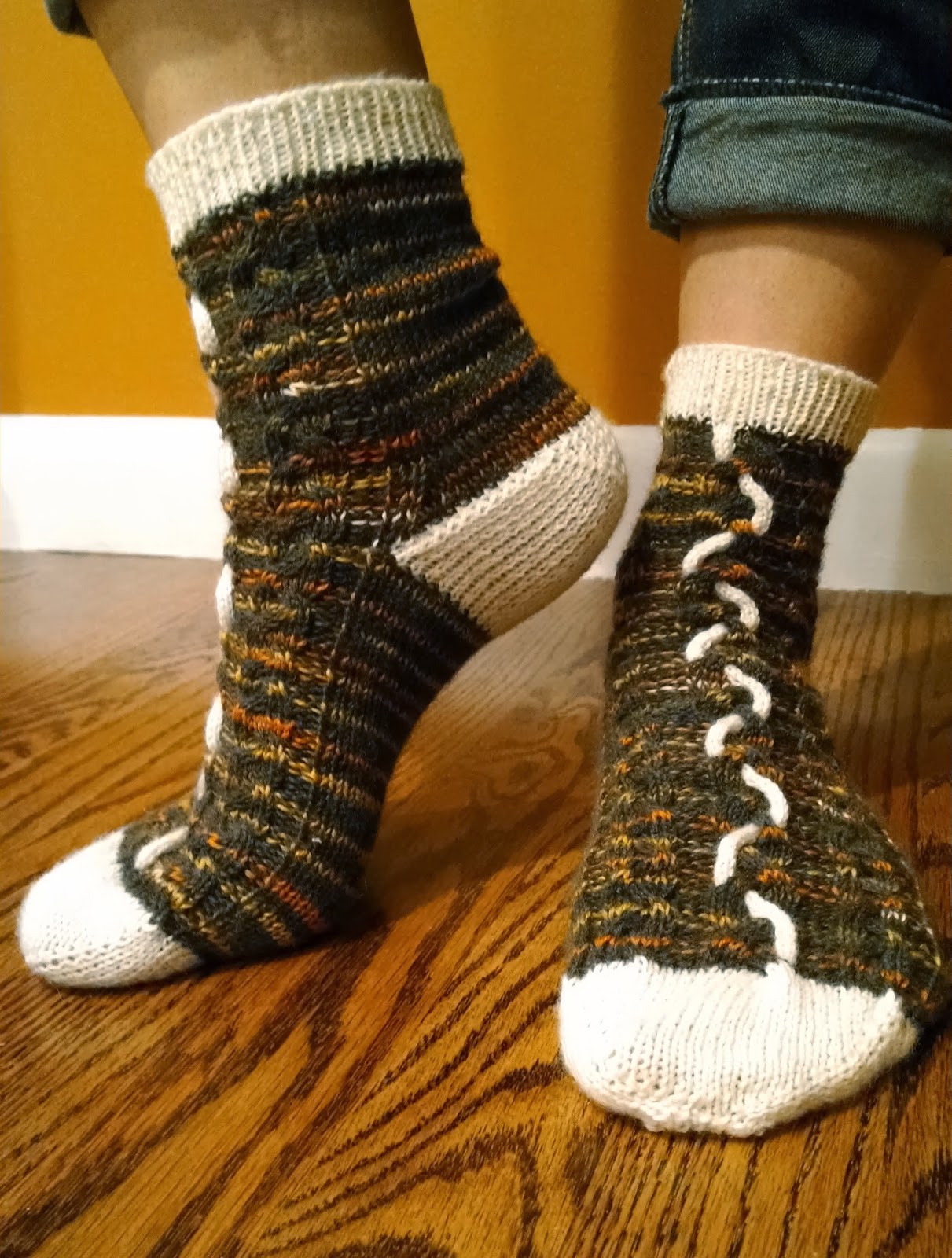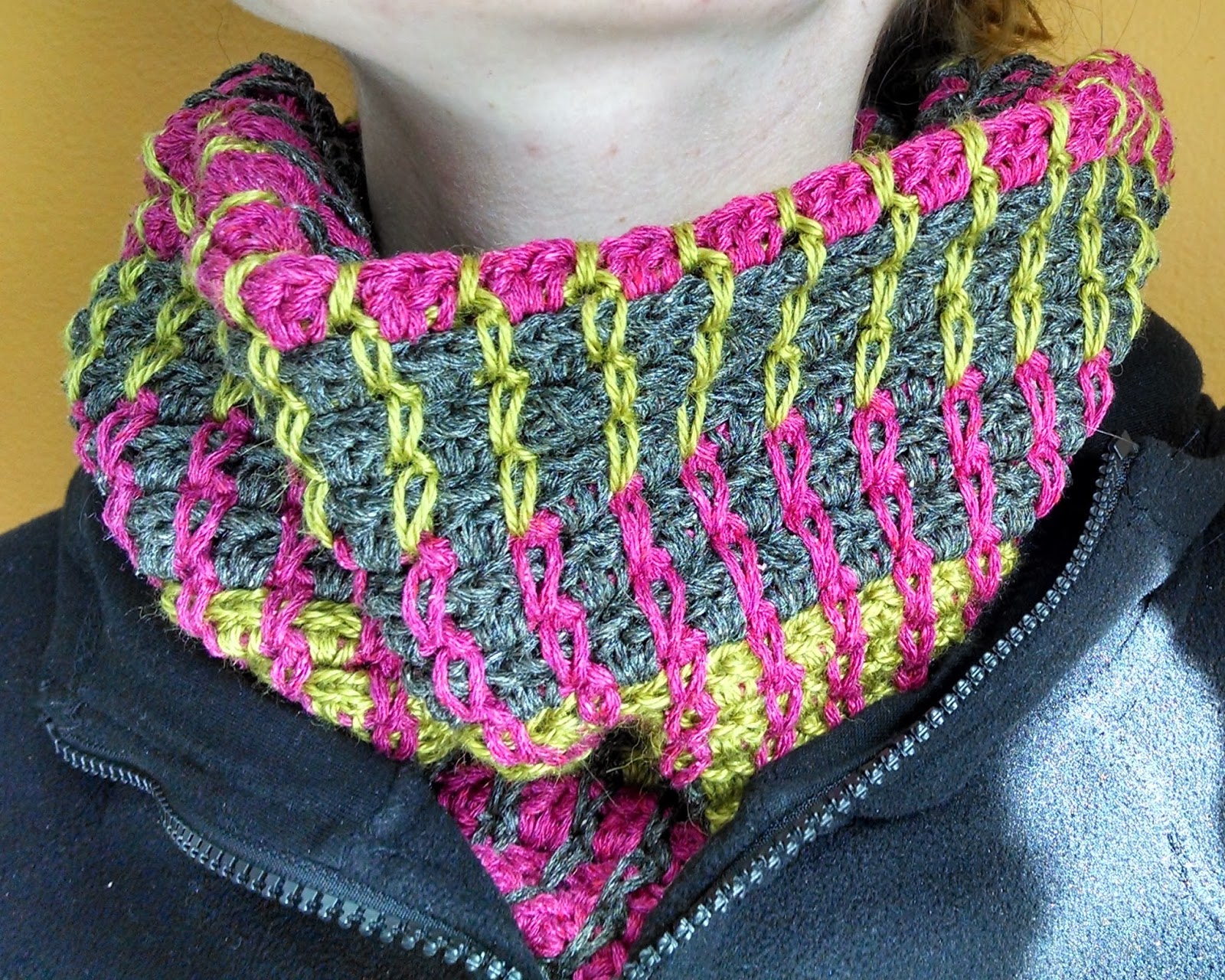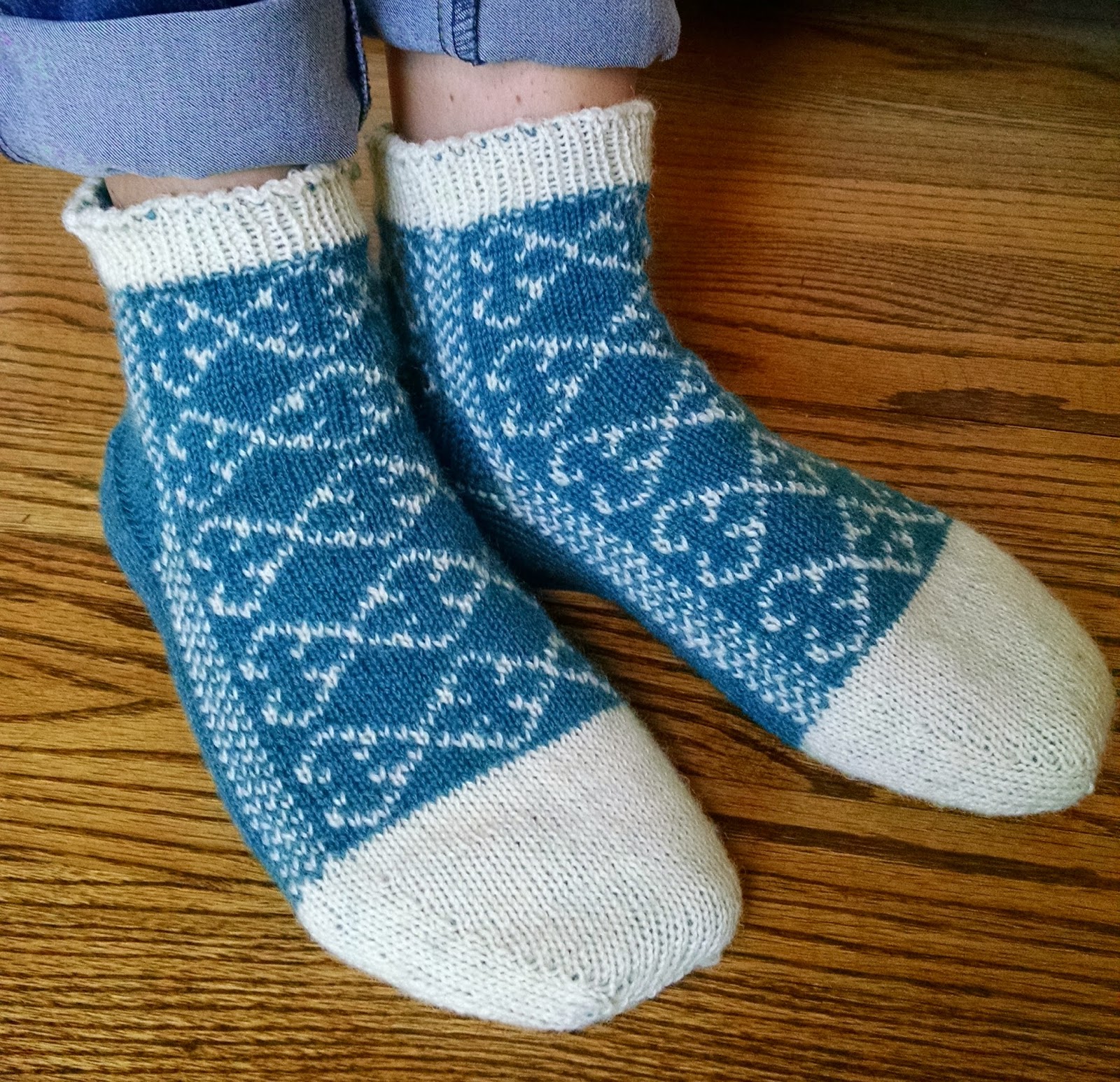

I wanted to make some reversible slipper socks that were also really warm so I decided to try making these socks using double knitting. It was quite challenging to figure out parts of the sock using double knitting, especially the toe at the very beginning, so I recommend tackling this pattern only if you have sock experience and double knitting experience. This could be a fun pattern to try as your first double knitting project, but it could be a bit frustrating, so beware! There’s a great photo tutorial on double knitting available here. I tried my best to explain my process as a helpful guide.
Finished Measurements:
Pattern written for women’s size 8 (US) socks, but it’s easily adaptable to fit other sizes. If you want to make the foot wider or narrower, then increase or decrease until you get your size and follow the pattern chart to keep the quatrefoil looking the same.
These socks are meant to be slipper socks, so they won’t fit snug on your foot like normal socks. They’re a bit looser for around-the-house comfort.
Materials:
Size 1 double pointed needles
1 skein Lion Brand Sock-Ease in Marshmallow
1 skein Lion Brand Sock-Ease in Snow Cone
Yarn Substitute: Stroll
This post contains affiliate links. If you do decide to purchase though the links in this post, a small portion of the sale may go to support this site, at no additional cost to you.
Abbreviations:
K – knit
P – purl
Sl – slip unworked stitch from left needle to right needle
SSK – slip unworked stitch from left needle to right needle knitwise. Slip a second unworked stitch from the left needle to the right needle knitwise. Slip those two unworked stitches separately back to the left needle purlwise. Knit those two stitches together in the back of the stitches (decrease).
K2tog – knit two stitches together (decrease). Be sure to use double knitting decrease method, available here.
P2tog – purl two stitches together (decrease). Be sure to use double knitting decrease method, available here.
K Inc – knit into the front and back of the same stitch (increase).
P Inc – purl into the front and back of the same stitch (increase).
W – white
B – blue

Instructions:
Toe Shaping
Using provisional cast on method, cast on 12 stitches of each color, making 24 stitches total on your needle. This part is really tricky and will probably require a lot of trial and error until you get the hang of it.
To have a white toe on the outside and a blue toe on the inside, start with a blue on the needle, but don’t make one blue around the string. Then, continue as normal under the provisional cast on method with the white, then the blue. Continue alternating colors and end with one white on the needle, but don’t make one white around the string. This keeps the alternating colors as you pick up the live stitches from the string.
Remove live stitches from scrap yarn and split them across two double pointed needles. Split the stitches on the other needle across two needles, having four needles in total with 6 stitches of each color per needle (12 stitches total per needle). Begin knitting in the round.
Round 1: Needle 1 – K1 W, P1 B, K1 W, P1 B, K Inc W, P Inc B, *K1 W, P1 B,* repeat from * to * until end of needle.
Needle 2 – *K1 W, P1 B,* repeat from * to * until last 4 sts, K Inc W, P Inc B, K1 W, P1 B, K1 W, P1 B.
Needle 3 – K1 W, P1 B, K1 W, P1 B, K Inc W, P Inc B, *K1 W, P1 B,* repeat from * to * until end of needle.
Needle 4 – *K1 W, P1 B,* repeat from * to * until last 4 sts, K Inc W, P Inc B, K1 W, P1 B, K1 W, P1 B.
Rounds 2-5: Repeat Round 1.
Round 6: *K1 W, P1 B,* repeat from * to * until end.
Round 7: Repeat Round 1.
Round 8: Repeat Round 6.
Round 9: Repeat Round 1.
Round 10: Repeat Round 6.
Round 11: Repeat Round 1.
Rounds 12-13: Repeat Round 6.
Round 14: Repeat Round 1.
Rounds 15-16: Repeat Round 6.
Round 17: Repeat Round 1.
Rounds 18-20: Repeat Round 6.
Round 21: Repeat Round 1.
Rounds 22-25: Repeat Round 6. (136 stitches total, 68 sts in each color)
Foot:
Change your yarn so the main color on the outside is blue with white as a contrast color, making the inside with a white main color and blue contrast color. Work the pattern based on the quatrefoil chart below:

Work until you have three quatrefoil rows on the foot, or until the sock is the length from the toe to the bend of your ankle at the top of your foot.
Heel Flap:
Turn so WS is facing and Work Needles 3 and 4 ONLY
Leave Needles 1 and 2 unworked
Row 26: Holding yarn to the front, sl1, holding yarn to the back, sl1, *P1 W, K1 B,* repeat from * to * until end.
Row 27: Holding yarn to the back, sl1, holding yarn to the front, sl1, *K1 B, P1 W* repeat from * to * until end.
Repeat Rows 26 and 27, 11 more times (12 repeats total, 24 rows total).

Heel Shaping:
There are really great instructions on how to decrease while double knitting here.
Row 28: Holding yarn to the front, sl1, holding yarn to the back, sl1, *P1 W, K1 B* repeat 17 more times (18 times total), P2tog (of white using double knitting decrease method), K2tog (of blue using double knitting decrease method), P1 W, K1 B, turn. Leave remaining sts unworked. Continue in this manner.
Row 29: Holding yarn to the back, sl1, holding yarn to the front, sl1, *K1 B, P1 W* repeat 2 more times (3 times total), K2tog, P2tog, K1 B, P1 W, turn.
Row 30: Holding yarn to the front, sl1, holding yarn to the back, sl1, *P1 W, K1 B* repeat 3 more times (4 times total), P2tog, K2tog, P1 W, K1 B, turn.
Row 31: Holding yarn to the back, sl1, holding yarn to the front, sl1, *K1 B, P1 W* repeat 4 more times (5 times total), K2tog, P2tog, K1 B, P1 W, turn.
Row 32: Holding yarn to the front, sl1, holding yarn to the back, sl1, *P1 W, K1 B* repeat 5 more times (6 times total), P2tog, K2tog, P1 W, K1 B, turn.
Row 33: Holding yarn to the back, sl1, holding yarn to the front, sl1, *K1 B, P1 W* repeat 6 more times (7 times total), K2tog, P2tog, K1 B, P1 W, turn.
Row 34: Holding yarn to the front, sl1, holding yarn to the back, sl1, *P1 W, K1 B* repeat 7 more times (8 times total), P2tog, K2tog, P1 W, K1 B, turn.
Row 35: Holding yarn to the back, sl1, holding yarn to the front, sl1, *K1 B, P1 W* repeat 8 more times (9 times total), K2tog, P2tog, K1 B, P1 W, turn.
Row 36: Holding yarn to the front, sl1, holding yarn to the back, sl1, *P1 W, K1 B* repeat 9 more times (10 times total), P2tog, K2tog, P1 W, K1 B, turn.
Row 37: Holding yarn to the back, sl1, holding yarn to the front, sl1, *K1 B, P1 W* repeat 10 more times (11 times total), K2tog, P2tog, K1 B, P1 W, turn.
Row 38: Holding yarn to the front, sl1, holding yarn to the back, sl1, *P1 W, K1 B* repeat 11 more times (12 times total), P2tog, K2tog, P1 W, K1 B, turn.
Row 39: Holding yarn to the back, sl1, holding yarn to the front, sl1, *K1 B, P1 W* repeat 12 more times (13 times total), K2tog, P2tog, K1 B, P1 W, turn.
Row 40: Holding yarn to the front, sl1, holding yarn to the back, sl1, *P1 W, K1 B* repeat 13 more times (14 times total), P2tog, K2tog, P1 W, K1 B, turn.
Row 41: Holding yarn to the back, sl1, holding yarn to the front, sl1, *K1 B, P1 W* repeat 14 more times (15 times total), K2tog, P2tog, K1 B, P1 W, turn.
Row 42: Holding yarn to the front, sl1, holding yarn to the back, sl1, *P1 W, K1 B* repeat 15 more times (16 times total), P2tog, K2tog, turn.
Row 43: Holding yarn to the back, sl1, holding yarn to the front, sl1, *K1 B, P1 W* repeat 15 more times (16 times total), K2tog, P2tog, turn.
Row 44: Holding yarn to the front, sl1, holding yarn to the back, sl1, *P1 W, K1 B* repeat 15 more times (16 times total), P2tog, K2tog, P1 W, K1 B, turn.
Begin working in the round again.
Row 45: work across heel flap, pick up 12 white stitches from the outside (blue) and 12 stitches from the inside (white), alternating in the same manner as you have been, and K the blue sts and P the white sts. Work in the quatrefoil pattern across the next 2 needles. Pick up and work 12 white stitches and 12 blue stitches in the same manner across the other side of the heel flap. On the same needle, split the heel flap sts evenly between the needles with the picked up heel flap sts, working 18 sts on one needle and 18 sts on the other.
Gusset Shaping:
Round 46: Needle 1 – Work in Quatrefoil pattern.
Needle 2 – Work in Quatrefoil pattern.
Needle 3 – K1 B, P1 W, SSK (keeping with double knitting decrease method), P2tog, *K1 B, P1 W,* repeat from * to * until end.
Needle 4 – *K1 B, P1 W,* repeat from * to * until last 6 sts, K2tog (keeping with double knitting decrease method), P2tog, K1 B, P1 W.
Round 47: Needle 1 – Work in Quatrefoil pattern.
Needle 2 – Work in Quatrefoil pattern.
Needle 3 – *K1 B, P1 W,* repeat from * to * until end.
Needle 4 – *K1 B, P1 W,* repeat from * to * until end.
Repeat Round 46 and Round 47 until there are 34 sts per needle.
Ankle:
Continue working the Quatrefoil pattern across all needles until you reach approximately an inch less than your desired length. I worked two quatrefoil rows above the heel.
Ribbing:
Ribbing with double knitting can be tricky because you need to change where you hold the yarn for each stitch differently than you have been doing. Work these same repeating four sts across the round for as many rounds until you reach your desired length, approximately one inch:
With both yarns at the back, K1 W
With W yarn at the front and B yarn at the back, K1 B
With W yarn at the front and B yarn at the back, P1 W
With both yarns at the front, P1 B
Bind off using the Icelandic Bind-Off for a stretchy finish. Video tutorial available here.
